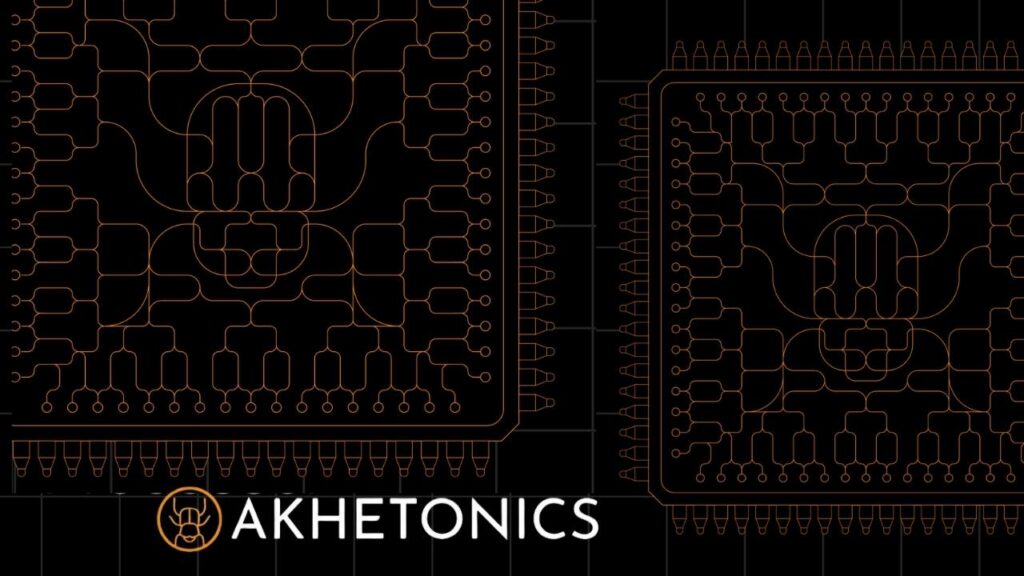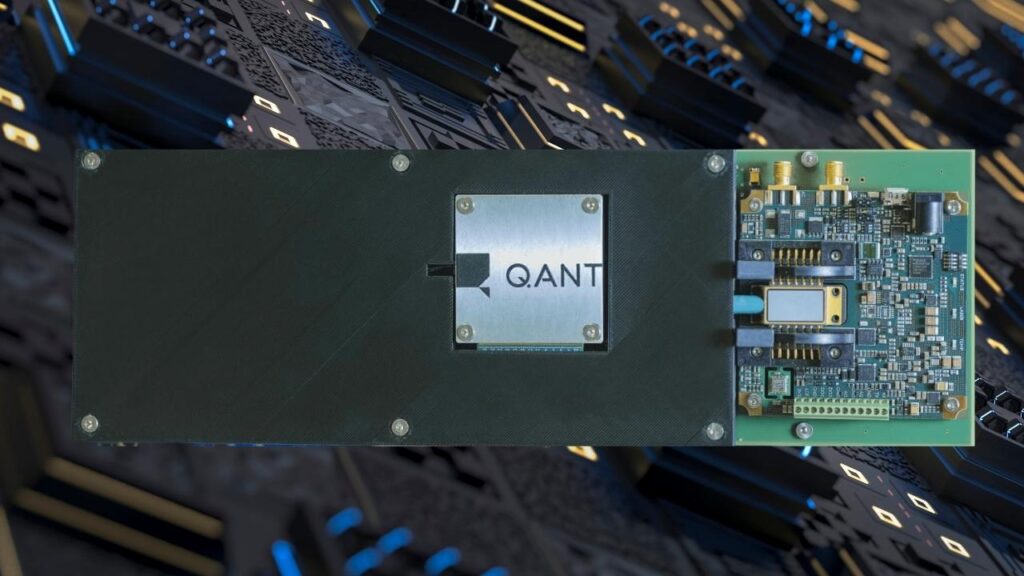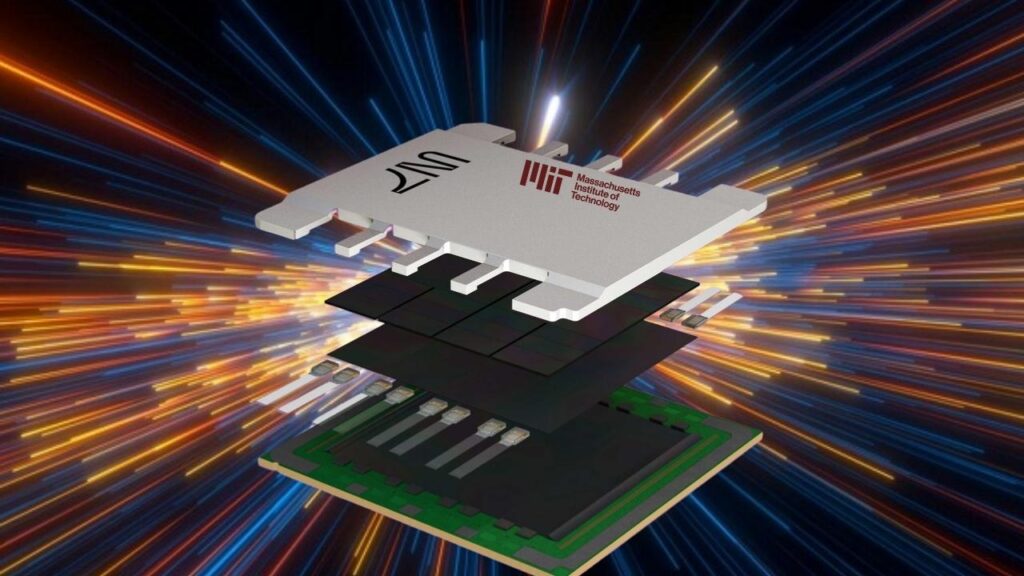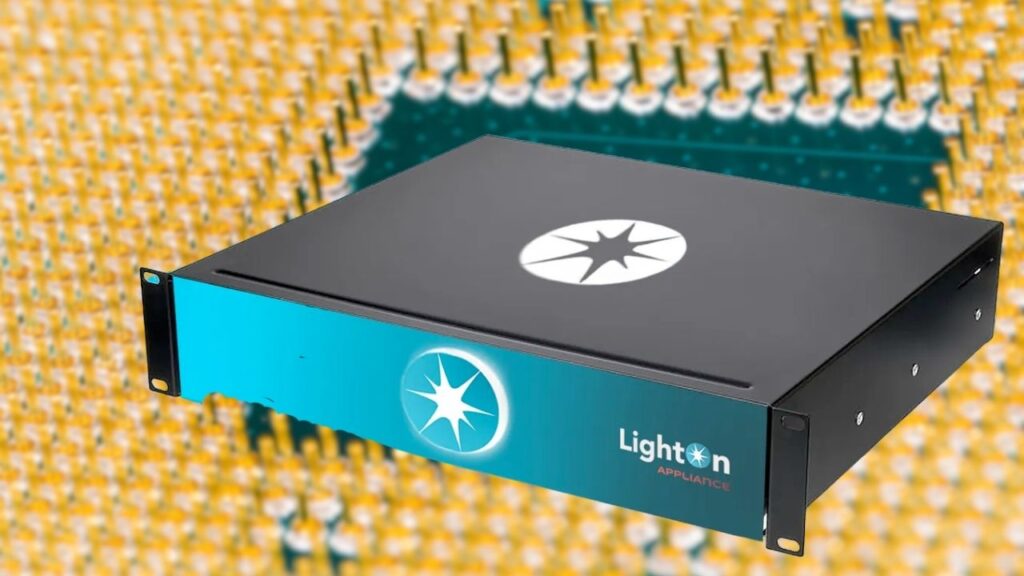Light-Powered Computing: In the ever-evolving landscape of technology, one of the most exciting and promising frontiers today is light-powered computing. This revolutionary approach aims to transform how computers operate by replacing traditional electrical signals with photons — tiny particles of light. The race to develop the first all-optical processor has gained tremendous momentum recently, driven by an urgent need for faster, more efficient computing to support increasingly complex artificial intelligence (AI), big data analytics, and expansive cloud computing services. Unlike conventional chips that rely on electrons moving through silicon, all-optical processors use light to perform calculations, potentially delivering unmatched speed and remarkable energy efficiency.

Leading this technological breakthrough are pioneering companies such as Akhetonics, Q.ANT, and LightOn, alongside prominent research institutions including MIT. These innovators are pushing the boundaries to create computing systems that harness the unique advantages of photons, promising a future where computing power leaps far beyond current electronic limitations.
But what exactly is an all-optical processor? Why is this technology considered a game changer? And how might it impact industries ranging from AI development to telecommunications? This article offers a clear, in-depth guide breaking down these questions, providing practical examples and accurate data to make this cutting-edge topic approachable for both beginners and professionals.
Table of Contents
Light-Powered Computing
| Feature | Details |
|---|---|
| Technology | All-Optical Processor (Photon-Based Computing) |
| Leading Companies | Akhetonics, Q.ANT, LightOn, MIT |
| Speed Advantage | Potentially up to 1000x faster than traditional electronic chips |
| Energy Efficiency | Uses significantly less power and generates much less heat |
| Primary Applications | Artificial Intelligence, High-Performance Computing, Edge Devices, Data Centers |
| Notable Breakthrough | MIT’s photonic neural network chip processes in under 0.5 nanoseconds with 92% accuracy |
| Commercialization Status | Early-stage commercial deployments by Q.ANT and LightOn |
| Official Website | akhetonics.com |
The race to build the first all-optical processor represents a monumental step forward in computing technology. By harnessing the power of light, these processors promise unprecedented speed, energy efficiency, and scalability—qualities essential for advancing AI, big data, and beyond. While challenges remain, the progress made by companies like Akhetonics, Q.ANT, and research institutions such as MIT shows that the era of light-powered computing is on the horizon. Embracing this technology will unlock new possibilities across industries, making computing faster, greener, and more powerful than ever before.
What Exactly Is an All-Optical Processor?
To understand the all-optical processor, it helps to first consider how traditional computer chips function. Conventional processors operate using billions of tiny electronic switches called transistors that control the flow of electrons to execute logical operations and perform calculations. These electronic signals, while incredibly fast, face physical constraints such as electrical resistance, heat generation, and signal delay — factors that limit further speed improvements and energy efficiency.
In contrast, an all-optical processor replaces electrons with photons—particles of light that travel at the ultimate speed limit, roughly 299,792 kilometers per second (the speed of light). Photons do not experience electrical resistance and produce very little heat when moving through specialized optical components. This means that processors based on light signals can, in theory, achieve much higher processing speeds and drastically reduce energy consumption.
All-optical processors use components like waveguides (which direct the path of light), optical modulators (which alter the properties of light signals), and photonic transistors (which switch light signals on or off). By manipulating photons with these tools, the processor can perform computations at lightning speed.
Imagine replacing a congested highway filled with slow-moving cars (electrons) with a clear, ultra-fast laser beam transmitting information instantly (photons). This analogy helps explain the potential speed and efficiency gains of all-optical processors.
Why Is There Such a Race Toward All-Optical Computing?
The demand for computational power has exploded over the past decade, especially with the rise of AI, deep learning, real-time analytics, and enormous datasets requiring processing in fractions of seconds. Silicon-based chips are approaching their physical limits in terms of speed and power efficiency.
Training a large AI model can consume megawatts of electricity and take days or even weeks on existing hardware, costing millions of dollars and contributing heavily to carbon emissions. For instance, a 2020 study by the University of Massachusetts Amherst estimated that training a single deep learning model generated as much carbon as five cars over their lifetimes.
Here’s why all-optical computing is viewed as a crucial solution:
- Speed: Photons can perform calculations thousands of times faster than electrons moving through silicon chips.
- Energy Savings: Using light drastically lowers power consumption, potentially reducing AI training costs and data center electricity bills.
- Heat Reduction: Lower heat generation decreases the need for complex cooling systems, enabling smaller, quieter, and more compact devices.
- Scalability: Optical components can be integrated into chips more densely without the overheating issues common in electronics.
For example, training a neural network that currently takes hours on GPUs could be completed in milliseconds using optical processors. This speed leap could accelerate breakthroughs in AI, robotics, autonomous vehicles, and scientific simulations.
Who Are the Pioneers Leading This Technological Leap?
Akhetonics (Germany)

Akhetonics is a startup on the cutting edge of photonic technology, aiming to develop the world’s first all-optical RISC processor — a chip fully based on photons without any electronic components. This pure optical design aims to eliminate bottlenecks caused by electronic conversions between light and electricity.
Michael Kissner, CEO of Akhetonics, highlights that their processors could deliver up to 1000 times better energy efficiency compared to conventional silicon chips. After successfully creating a proof-of-concept optical chip, they are advancing towards commercial AI accelerators tailored for edge computing devices like smart cameras, drones, and IoT sensors. This would allow complex AI tasks to be processed locally, reducing latency and dependence on cloud infrastructure.
Q.ANT (Germany)

Q.ANT has introduced the Native Processing Unit (NPU), a photonic processor designed to accelerate AI and machine learning workloads. Launched commercially in late 2024, Q.ANT’s processors integrate light-based computation into existing electronic systems, creating hybrid architectures.
Their scalable photonic platform allows enterprises and data centers to upgrade gradually, blending photonics with electronics for performance and energy benefits without a complete system overhaul.
MIT (USA)

MIT’s photonics research has produced a fully integrated photonic neural network processor capable of ultra-fast AI computations. This chip achieved over 92% accuracy in image classification tasks and processed data in under 0.5 nanoseconds—a speed that traditional electronics cannot match.
Such capabilities have promising implications for autonomous vehicles, real-time medical diagnostics, and security systems requiring instant data analysis.
LightOn (France)

LightOn specializes in Optical Processing Units (OPUs) designed to accelerate the training and inference of large AI models. Their OPUs are deployed in supercomputers such as Jean Zay, the French national supercomputer, enhancing computational throughput while reducing energy consumption.
LightOn collaborates with European space agencies and research organizations, demonstrating the global interest in advancing photonic computing.
How Do Optical Processors Actually Work?
While the physics behind photonic processors is complex, here’s a simplified explanation of the computation process:
- Data Input Conversion: Electronic data is converted into light signals via lasers or LEDs, encoding information into photons.
- Light Signal Manipulation: The photons travel through a network of optical components—waveguides route the light; modulators adjust amplitude, phase, or polarization.
- Computations via Interference: Computations occur by combining and interfering light waves. Devices like Mach-Zehnder Interferometers alter light phases to perform logical operations, leveraging principles of diffraction and interference.
- Data Output Conversion: After processing, the light signals convert back into electrical signals for storage or further action.
This approach allows computations at the speed of light itself, minimizing delays and energy loss.
Practical Applications and Use Cases
The potential uses for all-optical processors are diverse and impactful:
- Artificial Intelligence and Machine Learning: Speed up model training and inference dramatically, shortening development cycles.
- Edge Computing Devices: Perform real-time data analytics on drones, smartphones, IoT gadgets without cloud reliance.
- Data Centers and Cloud Services: Reduce power consumption and cooling needs, lowering operational costs and carbon footprints.
- Medical Imaging and Diagnostics: Enable ultra-fast image analysis for quicker, more accurate diagnosis.
- Autonomous Vehicles: Provide instant decision-making capabilities for enhanced safety and navigation.
As demand for faster, greener computing grows, these applications are becoming critical drivers for optical computing adoption.
Challenges and Limitations to Overcome
Despite its promise, all-optical computing faces significant hurdles:
- Manufacturing Complexity: Creating optical chips requires nanometer-scale precision and advanced fabrication techniques that are costly and difficult to scale.
- Software Ecosystem: Current programming languages and development tools are optimized for electronic processors; new software frameworks must be developed for photonics.
- System Integration: Hybrid optical-electronic architectures require new design standards and seamless interoperability.
- Cost Barriers: High initial costs limit adoption to niche or high-value applications until economies of scale improve.
Nevertheless, continuous research, innovation, and investment are helping address these challenges, paving the way for broader use.
What Lies Ahead for Optical Computing?
Experts predict that hybrid computing systems combining optics and electronics will become mainstream within 5 to 10 years. As the technology matures, full-scale all-optical processors could become common in high-performance computing centers, AI research labs, and specialized devices.
Massive investments from governments and private enterprises reflect strong confidence in this technology’s potential. According to a 2024 Gartner report, the optical computing market is expected to reach $40 billion by 2030, driven largely by AI and data center demand.
This marks a profound shift toward light-powered computing as a foundation for next-generation technologies, with significant benefits for speed, efficiency, and sustainability.
Turning Heat into Power: New Thermoelectric Materials Could Revolutionize Waste Energy Use
Graphene Breakthrough Promises Faster, Smaller, More Efficient Electronics
AI Meets Materials Science: How Machine Learning Is Accelerating Scientific Discovery
FAQs About Light-Powered Computing
Q1. What Is the Difference Between Optical and Quantum Computing?
Optical computing uses photons to perform classical logic and arithmetic operations. Quantum computing uses quantum bits (qubits) and exploits quantum phenomena like superposition and entanglement. Both are distinct but potentially complementary technologies.
Q2. Are Optical Processors Available Commercially Today?
Yes. Companies such as Q.ANT and LightOn have started delivering photonic processors for AI workloads, though widespread adoption is still emerging.
Q3. Will Optical Processors Replace Silicon Chips Entirely?
Not immediately. Hybrid systems that combine electronics and photonics will dominate in the near term. Over time, all-optical processors may replace silicon in specific high-performance or energy-sensitive applications.
Q4. Are These Chips Environmentally Friendly?
Absolutely. Optical processors use significantly less energy and produce less heat, reducing carbon emissions and cooling requirements.
Q5. How Can Developers Program Optical Processors?
Currently, software tools for photonic chips are limited but rapidly developing. Companies and researchers are building new programming frameworks optimized for optical hardware.



















